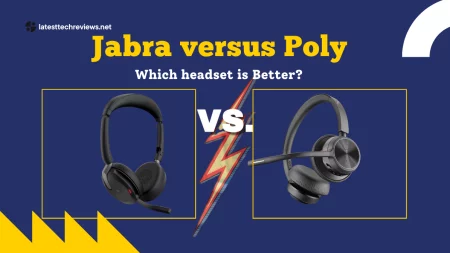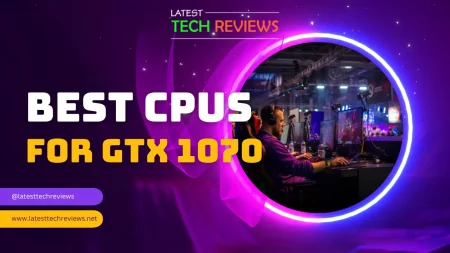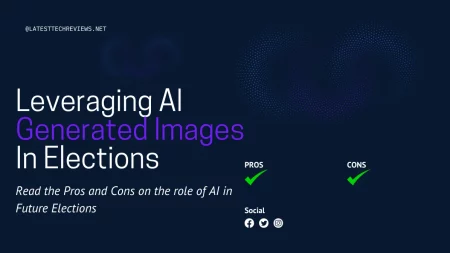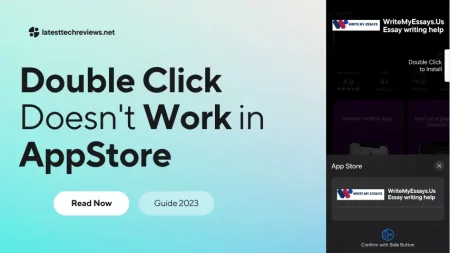
Introduction
In today’s fast-paced digital age, elections are not just about political campaigns and voter turnout. They are also about the effective use of technology to gain an edge in the race. One such technological advancement that has gained significant attention is the use of AI-generated images for election impact analysis after the advancement in AI writing bots. This article delves into how leveraging AI-generated images can revolutionize election campaigns, improve voter engagement, and provide valuable insights into the political landscape.
The Power of Visual Content in Politics
In the age of social media dominance, visuals hold unparalleled influence. Human beings are inherently drawn to images and videos, making visual content a potent tool for political communication. This power has not gone unnoticed by political strategists and campaigners who are constantly seeking innovative ways to connect with voters.
AI-Generated Images: What Are They?
Before we dive into the election impact analysis, let’s understand what AI-generated images are. These are images created or altered with the assistance of artificial intelligence algorithms. AI can generate lifelike images of people who don’t even exist, making it a game-changer in various fields, including politics.
Personalized Campaigning
One of the key benefits of leveraging AI-generated images is personalized campaigning. Political campaigns can create images of hypothetical supporters who represent different demographics, allowing for targeted messaging. These AI-generated personas can be used in campaign materials, creating a sense of relatability among diverse voter groups.
Enhanced Visual Storytelling
Effective storytelling is at the heart of successful political campaigns. AI-generated images can be customized to tell specific stories, whether it’s highlighting a candidate’s journey or showcasing the impact of policies. This level of personalization can captivate audiences and make the campaign message more memorable.
Real-Time Image Analysis
AI-powered tools can analyze the impact of campaign images in real time. This analysis can include sentiment analysis, tracking the reach of images, and identifying which visuals resonate most with voters. Such insights are invaluable for refining campaign strategies on the fly.
Addressing Ethical Concerns
While the potential of leveraging AI-generated images for politic is exciting, it also raises ethical concerns. It’s crucial to maintain transparency and ensure that voters are aware when they are interacting with AI-generated content. Striking the right balance between innovation and ethics is essential for building trust.
Measuring Voter Engagement
Voter engagement is a critical metric for election campaigns. AI-generated images can be used to create interactive content that encourages voters to participate actively. For example, gamification elements can be added to campaign visuals, making the election process more engaging and enjoyable.
The Potential Influence on Elections
Disinformation and Fake News
One of the primary concerns surrounding AI-generated images is their potential to fuel disinformation and fake news campaigns during elections. Malicious actors can manipulate these images to create convincing fake content that can sway public opinion, damage candidates’ reputations, or spread false narratives.
Identity Theft and Impersonation
AI-generated images can also be used for identity theft and impersonation. Political candidates and public figures can become victims of deepfake technology, where their likeness is superimposed onto fabricated videos, making it appear as though they are saying or doing things they never did. This can lead to public mistrust and turmoil during election periods.
Detecting AI-Generated Images
To combat the negative impact of leveraging AI generated images for election, it is crucial to have effective detection mechanisms in place. While AI creates these images, it also offers tools for identifying them. Several AI-based solutions, such as deep fake detection algorithms and image analysis software, have emerged to aid in spotting manipulated content.
Ethical Considerations
Balancing Innovation and Regulation
The rapid development of AI-generated images presents a challenge for legislators and policymakers. Striking a balance between innovation and regulation is crucial to ensure that AI technology benefits society without causing harm.
Protecting Privacy and Integrity
As AI-generated images become more sophisticated, safeguarding individual privacy and the integrity of political processes becomes paramount. Regulations must address the responsible use of AI technology in the political arena.
Conclusion
From personalized messaging to real-time analysis and enhanced voter engagement, AI brings a new dimension to politics. As we move forward, it is imperative that we remain vigilant in our efforts to detect and mitigate the negative impact of AI-generated images on elections. Striking the right balance between harnessing the power of AI and protecting the democratic process is a task that requires collective effort from policymakers, technologists, and society as a whole.
FAQs
1. Is use of AI-generated images legal in political campaigns?
Yes, use of AI-generated images are legal, but it’s crucial to maintain transparency and give credits and references when AI-generated content is being used.
2. Can AI-generated images replace traditional campaign strategies?
AI-generated images can complement traditional campaign strategies, but they are not a complete replacement. A holistic approach is often the most effective.
3. How can AI-generated images improve voter engagement?
By creating interactive and personalized content, AI-generated images can capture voters’ attention and encourage active participation.
4. What are the ethical concerns surrounding AI-generated images in politics?
Ethical concerns include misinformation, deepfakes, and the potential to manipulate public opinion. Transparency is key to addressing these issues.
5. Is there a risk of AI-generated images creating a disconnect with voters?
AI-generated can be risky if content is not transparently communicated with the voters. However, when used thoughtfully, it can enhance the connection between candidates and voters.





